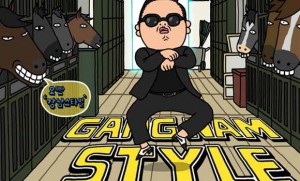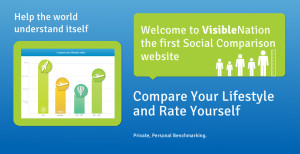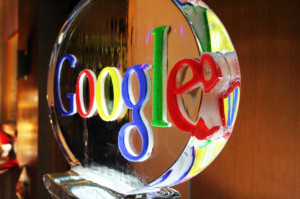This contribution is by regular contributor and hip-hop legend Mike Johns, President of Digital Mind State who tweets here
 The best source to find new music be it hip hop, rock, house or reggae without paying a dime, look no further than YouTube. Good for music lovers, but for artists maybe not so much.
The best source to find new music be it hip hop, rock, house or reggae without paying a dime, look no further than YouTube. Good for music lovers, but for artists maybe not so much.
According to the Nielsen Music 360 survey, nearly two-thirds of US teenagers use Google’s You Tube to listen to music more than any other medium. Nine of the top 10 most viewed YouTube videos are music videos; YouTube has quickly transformed into Generation Y’s MTV.
The site maintained its lead in the US as the most popular music video destination site over rivals Vimeo and Vevo and it boasts the most unique monthly viewers as well as the most engaged viewers, according to comScore. Google has been aggressive in music licensing; you can find just about any song on YouTube within seconds. The site is perfect for allowing users to create and share playlist. That said, how are Hip Hop artists leveraging online video platforms?
Hip hop is one of the most creative forms of music and early adoptors of technology now need to understand the power of online video platforms. Hip hop artists from the US to the UK have all turned to YouTube as the premier destination to upload and share videos.
It has appeal for several key reasons. YouTube is a trusted name for video uploading covering multiple devices, it is easy to navigate through and most of all… it’s free. Today the No.1 goal for hip hop artists as it relates to social media is branding and staying connecting with fans; YouTube provides a solid home for that.
An example of how artists are utilising the power of YouTube can be found with West Coast legendary rapper Snoop Dogg. He’s doing all the right things possible with his Westfest TV YouTube channel. His call to action is fully in place, fans can subscribe to his channel to receive the latest video, they can post comments and Snoop has the option to respond.
As for monetisation once the video has been watched, the song can be purcahsed directly from iTunes. Snoop’s channel is also connected with the big-name social media outlets of Twitter, Pinterest, Facebook, Tumblr, Soundcloud and even newcomer Viddy to engage with fans. So, is that it?
With Big Snoop having more than (at time of writing) 20,731,439 Facebook ‘Likes’ and 10,083,054 followers on Twitter, is YouTube really the best online video platform option? Google’s YouTube continues to enjoy the benefits of having the most engaged online viewer experience as well as racking in big time advertising bucks with a solid formula in place that’s based on the number of impressions generated.
Make no mistake, Google’s YouTube site is a media company that’s in the business of making money. Hip hop artist and musician alike must have a digital strategy similar to that of YouTube in order to maximise leverage. In the movie Cadillac Records you can either be like Muddy Waters riding around in paid-for Cadillacs that were deducted from artist pay or be Muddy’s rival character Holwin’ Wolf and have complete ownership!
Hip Hop artists and musicians alike need to note. If viewers can get the benefits of viewing content for free, then why pay for it? The trick is to make your audience go through a different projector. In essence you want to reposition the game where ‘they’ can’t get the milk for free. Hip Hop artist, musicians and music entertainment websites need to have a strategy in place when dealing both with online video platforms and all aspects of digital. It’s the age old clash between artistry and business.
If your mission is to promote, brand and sell a few records then you’re missing out on the bigger picture. Snoop Dogg who last year launched a new weekly show, GGN (Double G News) Network on his YouTube channel. Snoop Dogg‘s GGN content can be found everywhere online when it should be powered solely from his website.
YouTube should be used to promote clips from his show only while directing fans back to his website. Snoop’s team should invest in a customized video player where advertisers would easily pay for. Fans would have the ability to embed the branded player into their respective website or blog. This will allow four things:
1. He can now control the experience and brand
2. Encourage integration with content
3. Create new behavior.
4. Monetise
If a portal was built and he received just 10% download from a mobile app that’s two million people. He delivers one video per week, that’s 60 million impressions. He now will have the ability to demand a higher CPM of $10 (much more than Google typically offers) which represents $600,000 per month in revenues. Continue reading →
 Over the past decade as the internet established itself as a household utility, as important as electricity and water, we have experienced a number of phenomena, usually described in single words.
Over the past decade as the internet established itself as a household utility, as important as electricity and water, we have experienced a number of phenomena, usually described in single words.


